The best seasonings for spaghetti depend on your sauce type, but the foundation typically includes salt, black pepper, dried oregano, basil, garlic, and olive oil. For tomato-based sauces, oregano and basil are essential, while cream-based sauces might benefit from nutmeg or a touch of Parmesan. These seasonings work together to create balanced, flavorful dishes that elevate simple pasta into memorable meals.
Understanding how each seasoning functions in your spaghetti preparation is key. Salt enhances natural flavors, black pepper adds subtle heat, oregano provides earthy depth, basil brings bright freshness, garlic offers savory richness, and olive oil binds ingredients while adding fruity notes. The right combination transforms ordinary spaghetti into restaurant-quality dishes.
Types of Seasonings That Elevate Spaghetti
Each seasoning plays a specific role in spaghetti preparation. Here's how they function in different sauce types:
- Dried Oregano: Essential for tomato-based sauces. Its earthy, slightly bitter flavor complements acidity and enhances umami. Use 1-2 teaspoons per 16oz sauce for optimal flavor.
- Basil: Best added fresh at the end of cooking for tomato sauces. For dried basil, use 1/2 teaspoon per 16oz sauce and add early to allow flavors to develop. Basil pairs perfectly with tomatoes and mozzarella.
- Parsley: Adds fresh, peppery notes. Use as garnish for visual appeal and flavor contrast. Flat-leaf parsley works better than curly for cooking.
- Olive Oil: Use extra virgin for finishing dishes. For cooking, use regular olive oil. Drizzle 1-2 tablespoons over finished spaghetti to enhance mouthfeel and flavor.
- Garlic: Sauté minced garlic in oil for 1-2 minutes before adding other ingredients. Avoid burning to prevent bitterness. Use 2-3 cloves per serving for balanced flavor.
- Red Pepper Flakes: Start with 1/8 teaspoon per serving and adjust. Adds heat without overwhelming other flavors. Best added early to infuse oil with spice.
- Cheese (Parmesan, Pecorino): Use freshly grated cheese. Add at the end of cooking to preserve flavor. Parmesan works well with tomato sauces, while Pecorino pairs better with meat-based sauces.
| Seasoning | Best Sauce Pairing | Optimal Amount | When to Add |
|---|---|---|---|
| Dried Oregano | Tomato-based sauces | 1-2 tsp per 16oz sauce | Early in cooking process |
| Fresh Basil | Tomato-based sauces | 2 tbsp per serving | Final 2 minutes of cooking |
| Garlic | Most sauces | 2-3 cloves per serving | Early in cooking (sautéed in oil) |
| Red Pepper Flakes | Meat sauces, spicy dishes | 1/8-1/4 tsp per serving | Early in cooking (infuse oil) |
| Black Pepper | All sauces | 1/4 tsp per serving | Throughout cooking process |
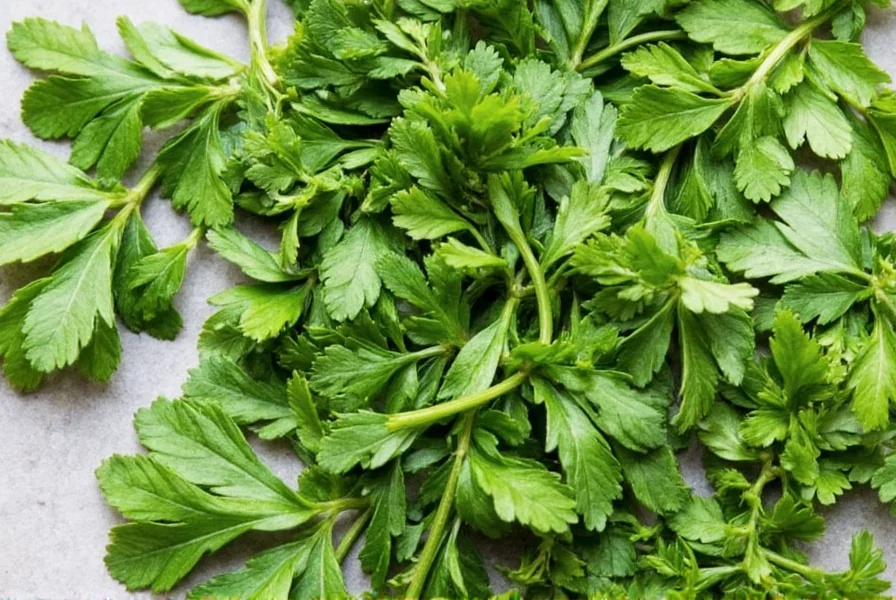
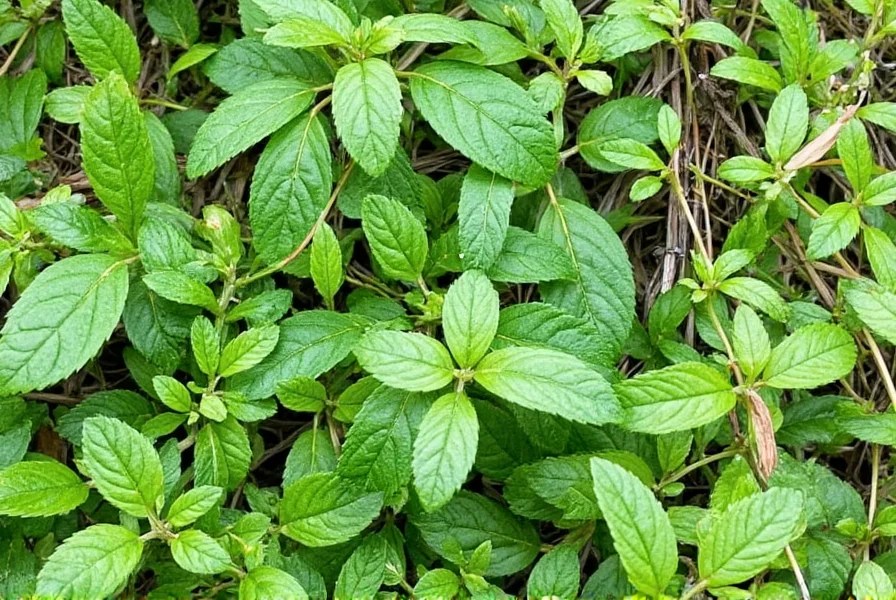
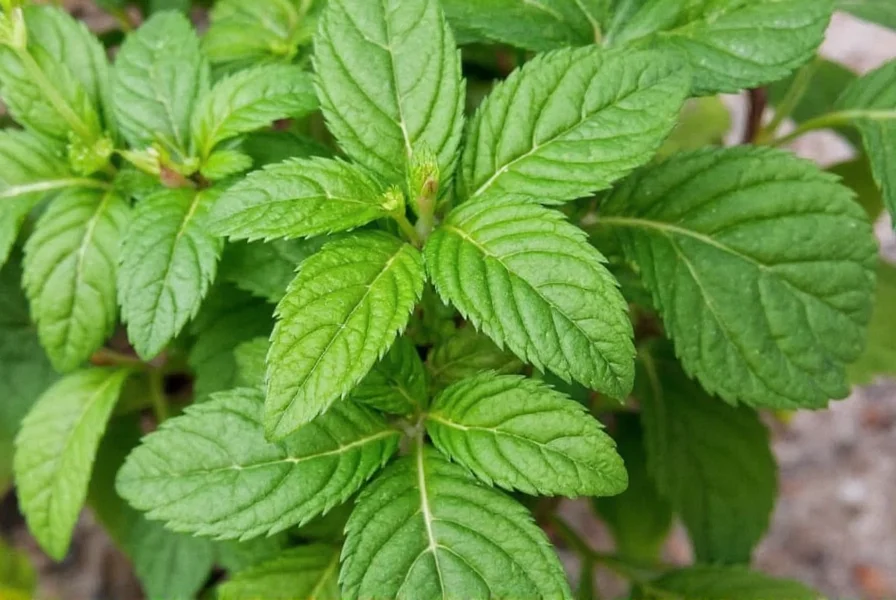

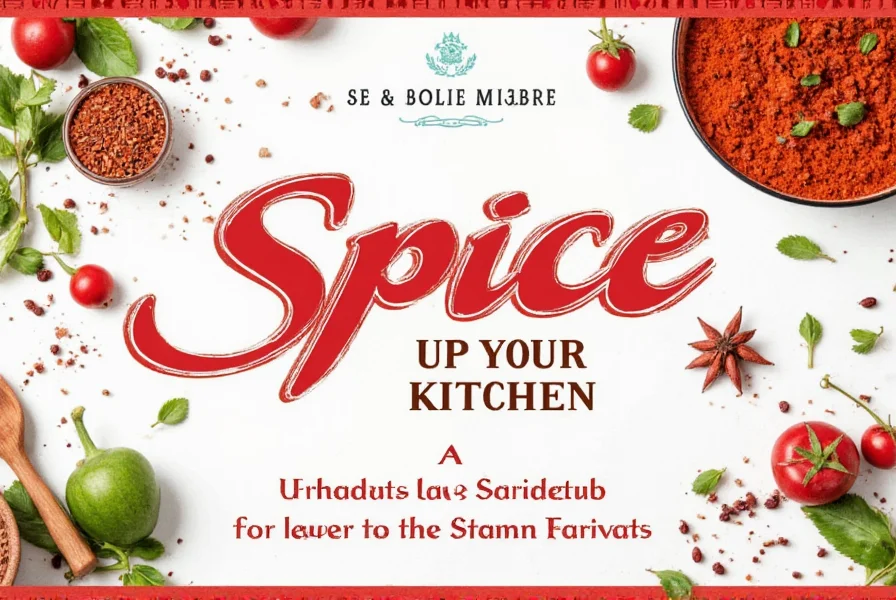
Top 10 Tips for Choosing and Using Spaghetti Seasonings
- Start with quality ingredients: Look for organic, non-GMO options. Check expiration dates and smell herbs before purchasing - fresh herbs should have strong aromas.
- Understand flavor profiles: Pair complementary flavors. For example, basil and tomatoes work together, while rosemary complements meat-based sauces.
- Use fresh herbs when possible: Fresh basil, parsley, and rosemary have brighter flavors than dried versions. Store fresh herbs in water like flowers to maintain freshness.
- Balance flavors carefully: Aim for harmony between sweet, salty, sour, bitter, and umami. For tomato sauces, add a pinch of sugar to balance acidity.
- Adjust based on sauce type: Cream-based sauces benefit from nutmeg or thyme, while meat sauces pair well with rosemary and sage.
- Don't overdo it: Start with small amounts and taste frequently. Remember flavors concentrate as sauce reduces.
- Consider cooking techniques: Sauté garlic in oil before adding other ingredients. Add dried herbs early to infuse flavors, but add fresh herbs at the end.
- Store properly: Keep seasonings in airtight containers away from heat and light. Dried herbs typically last 1-2 years before losing potency.
- Experiment with combinations: Try classic Italian blends like Italian seasoning (oregano, thyme, rosemary, marjoram) or create your own unique mixtures.
- Pair with cheese wisely: Grate cheese fresh for best flavor. Parmesan works well with tomato sauces, while Pecorino Romano pairs better with meat-based dishes.
Buying Guide: What to Look For When Purchasing Spaghetti Seasonings
1. Dried Oregano
| Feature | Description |
|---|---|
| Origin | Mediterranean region (Greece, Italy, Turkey) |
| Flavor Profile | Earthy, slightly bitter, aromatic with herbal notes |
| Best For | Tomato-based sauces, meat dishes, roasted vegetables |
| Quality Indicators | Deep green color, strong aroma, no mold or discoloration |
| Purchase Tip | Buy whole leaves rather than ground for better flavor retention |

2. Fresh Basil
| Feature | Description |
|---|---|
| Origin | Italy (traditional), but grown worldwide |
| Flavor Profile | Sweet, aromatic, slightly peppery with clove notes |
| Best For | Caprese salad, pesto, tomato-based sauces |
| Quality Indicators | Vibrant green color, crisp leaves, strong sweet aroma |
| Purchase Tip | Look for stems that aren't slimy, leaves should be firm and not wilted |
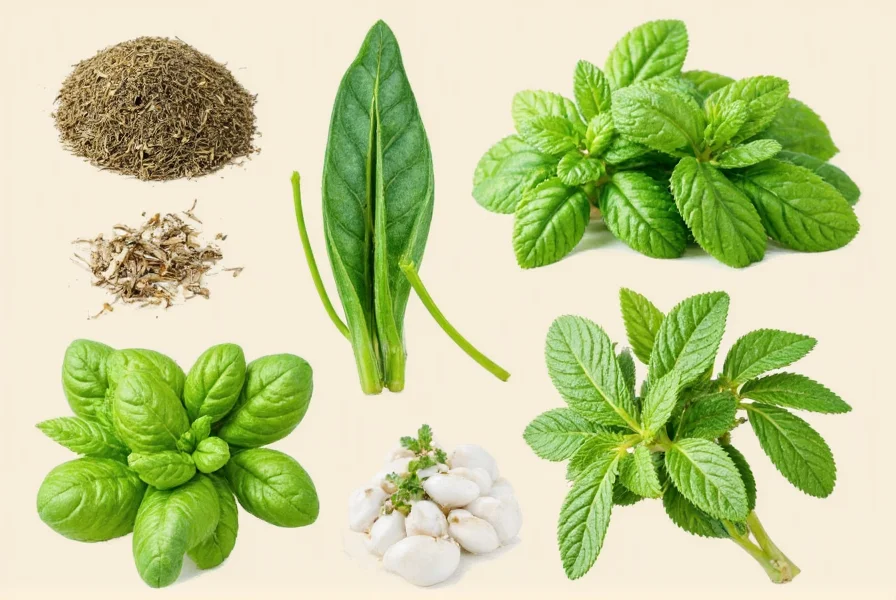
3. Olive Oil
| Feature | Description |
|---|---|
| Type | Extra virgin, cold-pressed |
| Flavor Profile | Nutty, fruity, slightly peppery with grassy notes |
| Best For | Drizzling over finished dishes, sautéing, salad dressings |
| Quality Indicators | Clear green-gold color, distinct fruity aroma, no rancid smell |
| Purchase Tip | Look for harvest date on bottle, avoid clear bottles that expose to light |
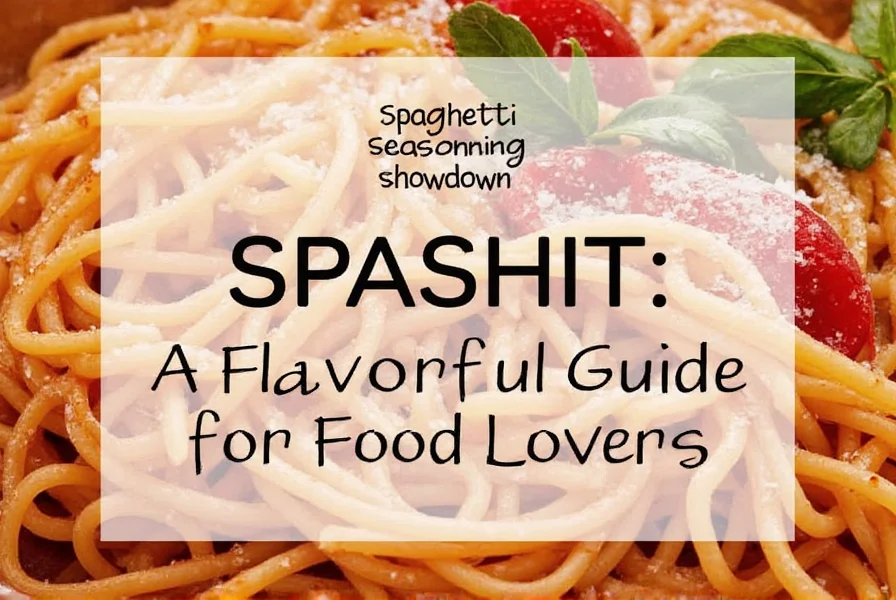
4. Garlic
| Feature | Description |
|---|---|
| Form | Whole bulbs, minced, or powdered |
| Flavor Profile | Pungent, sharp, slightly sweet when cooked |
| Best For | Garlic butter, marinades, roasted dishes, sauces |
| Quality Indicators | Firm bulbs, no sprouting or soft spots, strong garlic aroma |
| Purchase Tip | Whole bulbs last longer than pre-minced; avoid garlic in oil unless refrigerated |
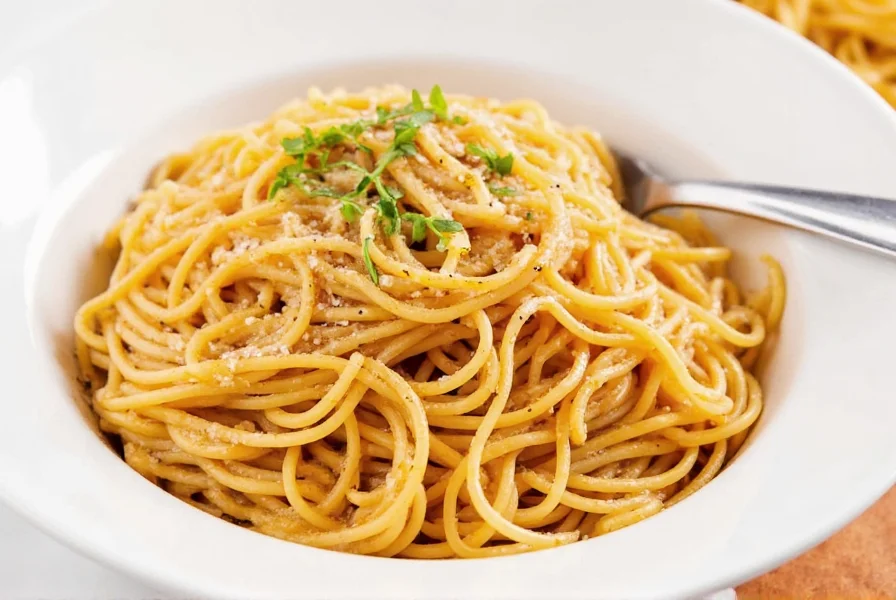
Frequently Asked Questions About Spaghetti Seasonings
What are the essential seasonings for spaghetti?
The essential seasonings for spaghetti include salt, black pepper, dried oregano, basil, garlic, and olive oil. These form the foundation of classic Italian spaghetti dishes. For tomato-based sauces, oregano and basil are particularly important. Parmesan or Pecorino cheese added at the end enhances the flavor profile significantly. While these are the basics, you can also experiment with red pepper flakes for heat, parsley for freshness, and other herb blends depending on your sauce type. The key is understanding how each seasoning functions in your specific dish rather than simply adding everything.
When should I add seasonings to my spaghetti sauce?
Timing matters significantly for optimal flavor. Dried herbs like oregano should be added early in the cooking process (15-20 minutes before finishing) to allow their flavors to infuse the sauce. Fresh herbs like basil and parsley are best added in the final 2-3 minutes of cooking to preserve their bright flavor and color. Garlic should be sautéed in oil at the beginning but not too long (1-2 minutes) to avoid bitterness. Salt should be added gradually throughout the cooking process, with a final adjustment just before serving. Remember that flavors concentrate as water evaporates, so you may need to adjust seasoning toward the end. For cream-based sauces, add delicate herbs like nutmeg or thyme near the end to prevent flavor loss.
How much seasoning should I use for spaghetti?
Start with conservative amounts and adjust to taste. For a standard 16-ounce jar of tomato sauce serving 4 people: 1/2 teaspoon salt, 1/4 teaspoon black pepper, 1 teaspoon dried oregano, 1 teaspoon dried basil (or 2 tablespoons fresh), and 2-3 minced garlic cloves. Remember the "less is more" principle - you can always add more, but you can't remove excess seasoning. Taste your sauce at multiple stages during cooking and adjust as needed. Keep in mind that different brands of canned tomatoes and other ingredients may already contain salt, so adjust accordingly. For cheese, start with 1/4 cup grated Parmesan per serving and add more if desired.
Can I make flavorful spaghetti without meat-based seasonings?
Absolutely! Vegetarian and vegan spaghetti can be incredibly flavorful. Focus on umami-rich ingredients like mushrooms, sun-dried tomatoes, olives, and nutritional yeast (for vegan versions). Roasted vegetables like eggplant, zucchini, and bell peppers contribute natural sweetness and complexity. The key is building layers of flavor with quality olive oil, garlic, onions, and a variety of herbs. For tomato-based sauces, add a pinch of sugar to balance acidity. For cream-based sauces, try adding a touch of nutmeg or white pepper for depth. Even without meat, you can create complex, satisfying dishes by focusing on complementary flavors and textures.
How long do dried seasonings last, and how should I store them?
Dried herbs and spices typically maintain their best flavor for 1-2 years, though they remain safe to use beyond that. Whole spices last longer than ground ones. Store all seasonings in airtight containers away from heat, moisture, and direct sunlight. The pantry is usually ideal, not above the stove where heat fluctuates. Avoid storing in clear containers unless they're in a dark cabinet. To test if your dried herbs are still potent, rub a small amount between your fingers - if the aroma is weak, it's time to replace them. Fresh herbs should be stored in the refrigerator, often with stems in water like flowers. For garlic, store in a cool, dark place with good air circulation - never in the refrigerator as it causes sprouting.
Conclusion: Find Your Perfect Spaghetti Flavor
Spaghetti is a canvas, and the right seasonings are the brushstrokes that bring it to life. Whether you prefer a traditional Italian approach or want to experiment with global flavors, the key is to understand the role each seasoning plays and how they interact with one another.
By choosing high-quality ingredients, experimenting with different combinations, and keeping a few key tips in mind, you can elevate your spaghetti from basic to breathtaking. Remember, the best seasonings to put in spaghetti aren't just about taste - they're about creating a memorable experience for everyone at the table. Start with the essentials, master their timing and quantities, and then build from there to discover your perfect spaghetti flavor profile.

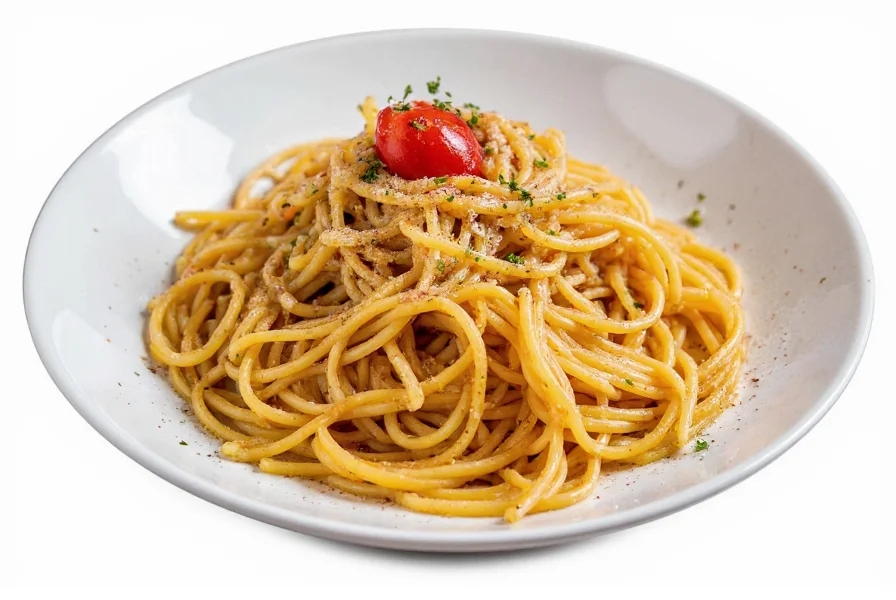









 浙公网安备
33010002000092号
浙公网安备
33010002000092号 浙B2-20120091-4
浙B2-20120091-4